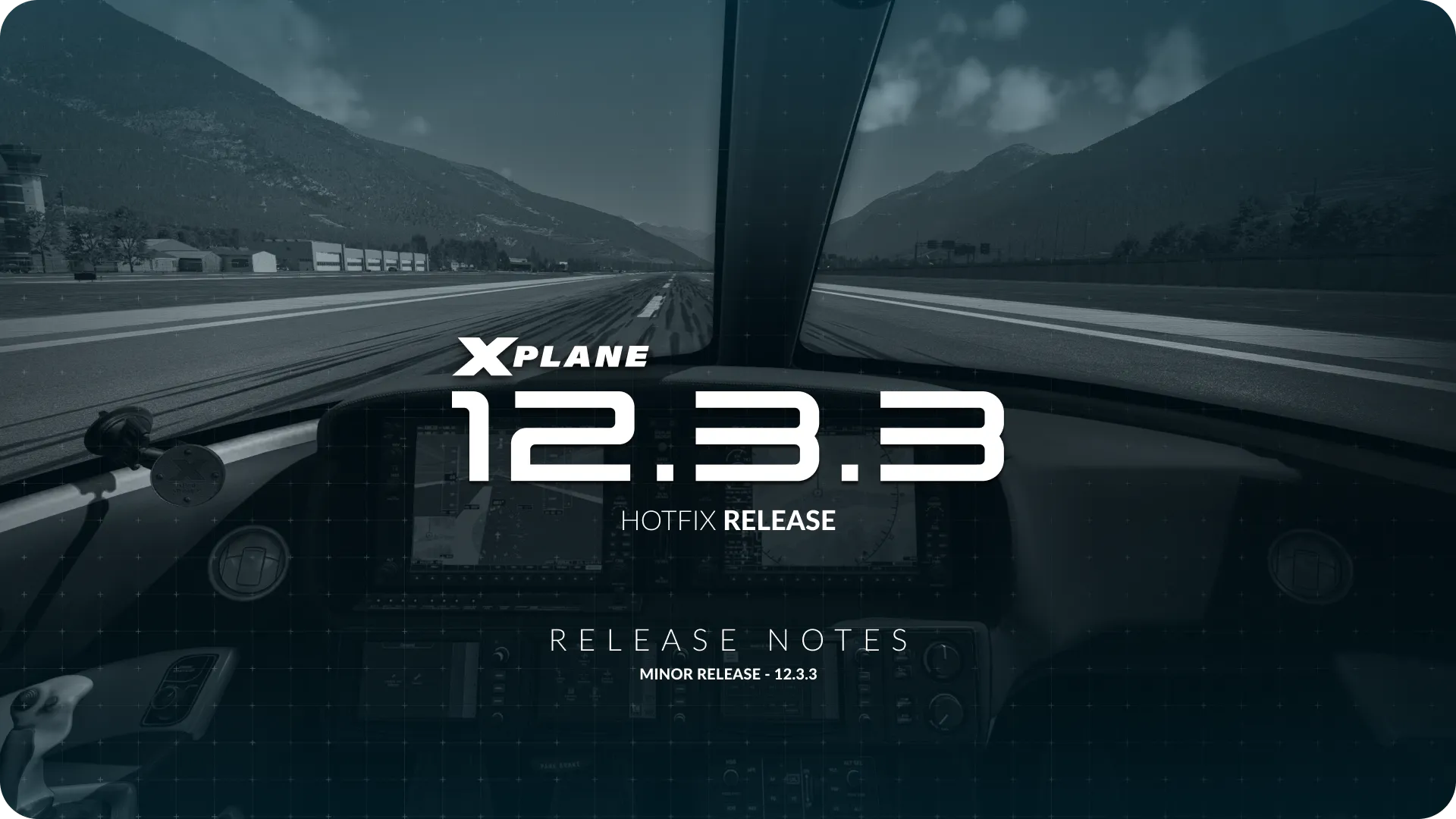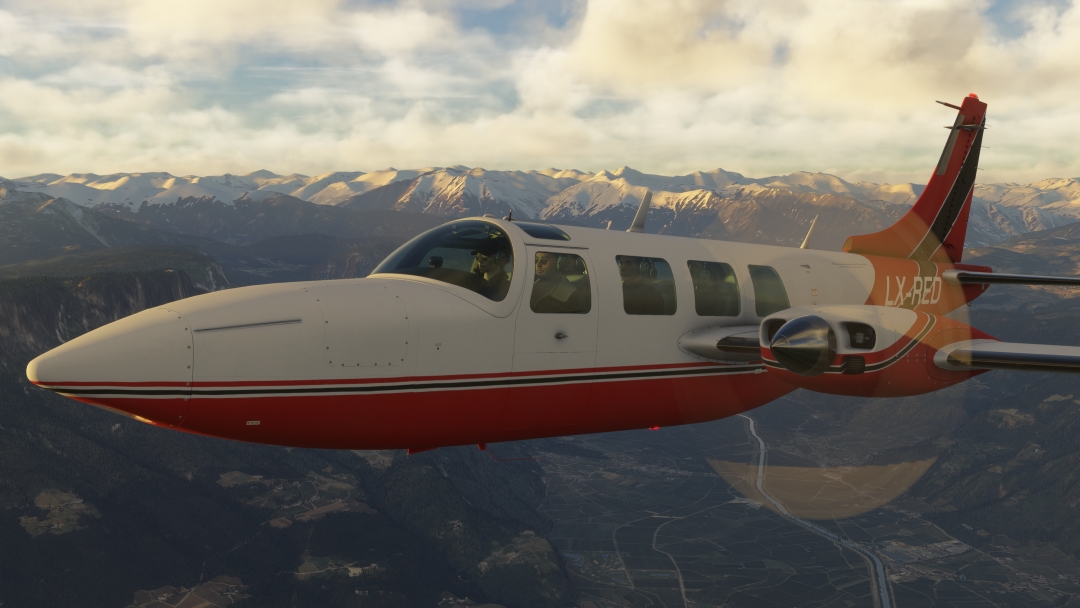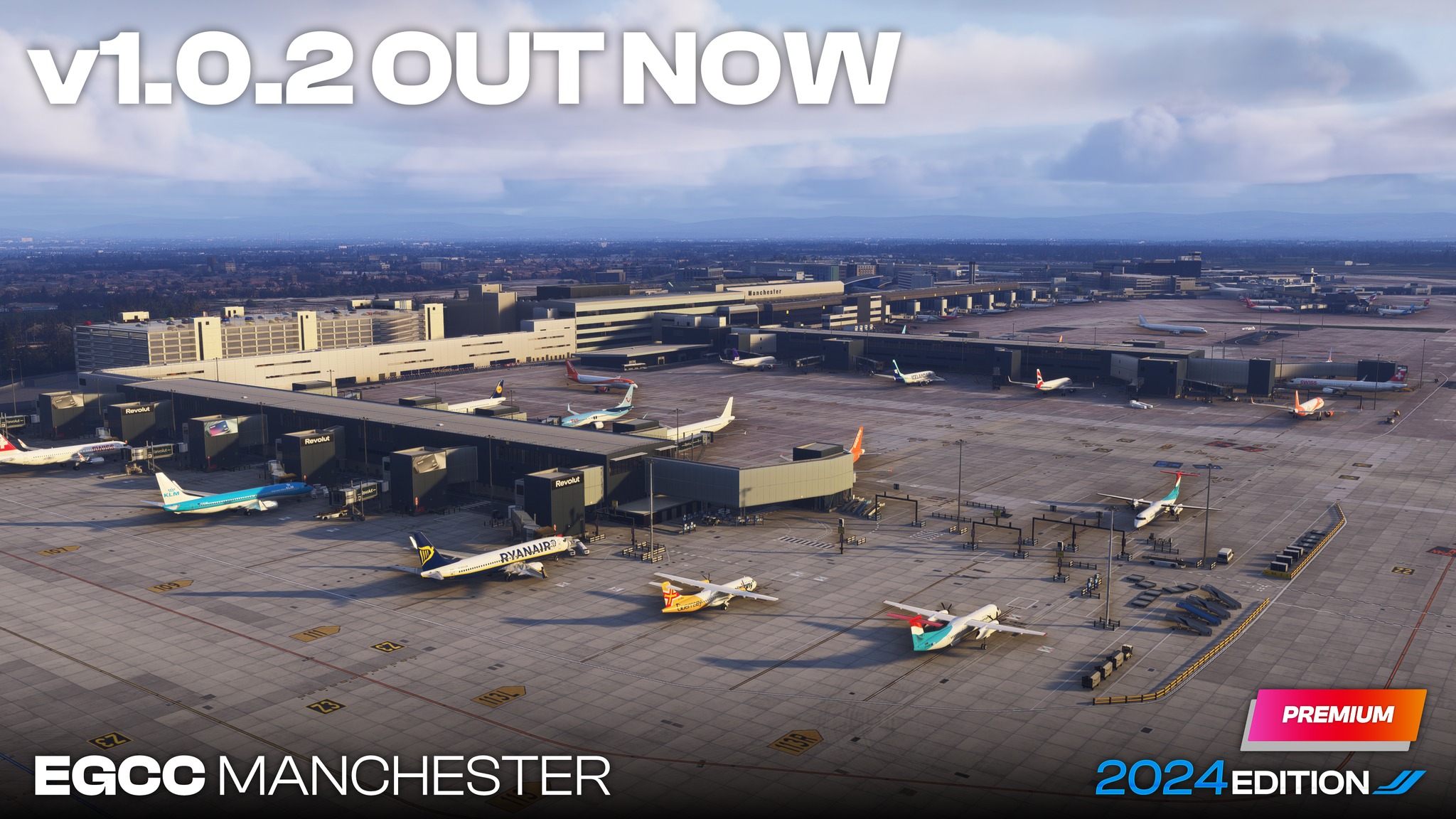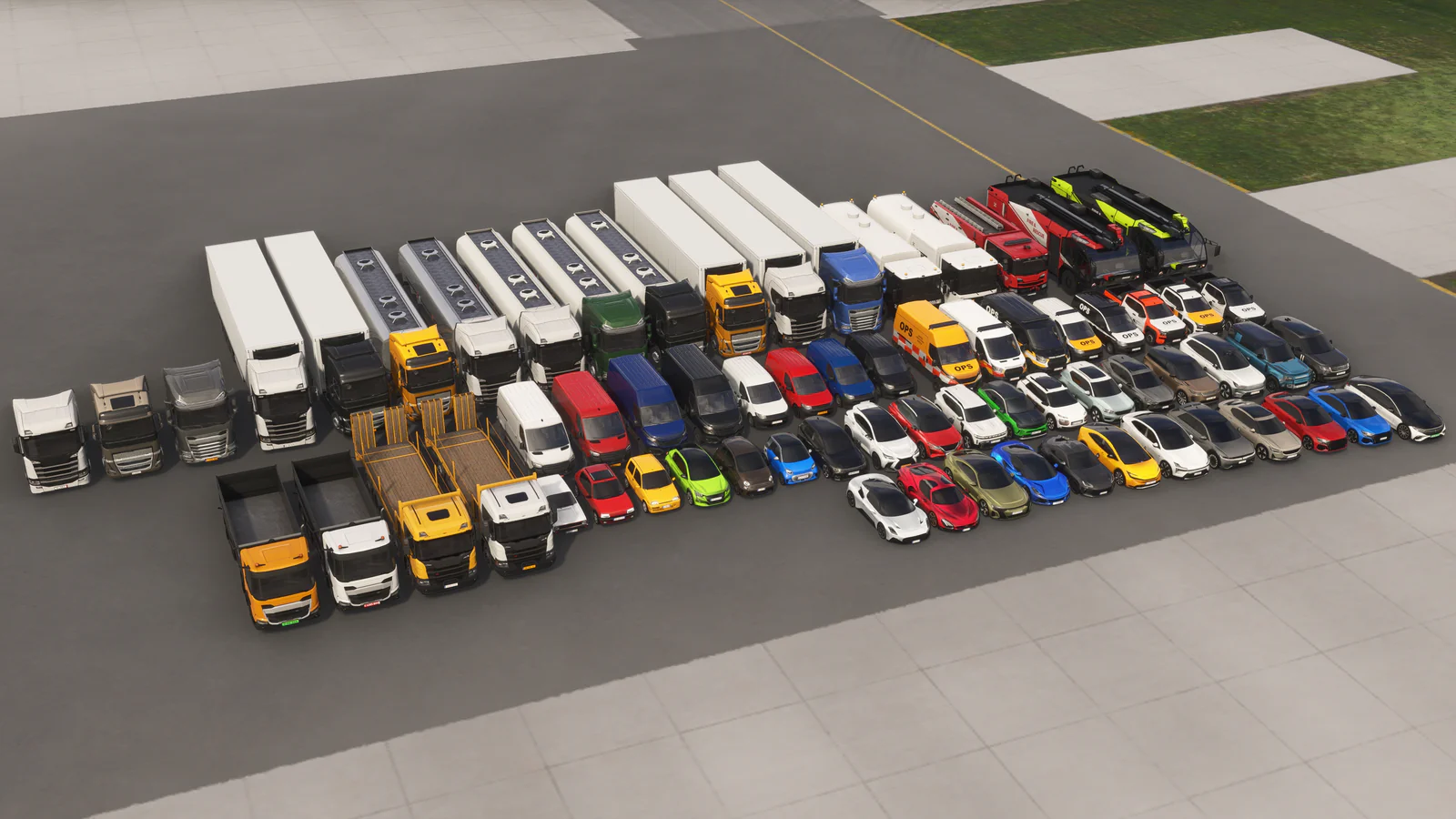Aero 2018: The future of X-Plane
Aero 2018: Laminar Research Presentation Recap:
Laminar Research recently presented at the German Aero 2018 convention, informing developers and attendees of what’s happening now and in the future of X-Plane 11. Most of the presentation consisted of summaries of what was previewed and presented in previous conventions, so we’ve extracted new or interesting tid-bits from the keynote.
What you’re using today (X-Plane 11) is an accumulation of over two decades of development, X-Plane began as a physics simulation development in 1996, modelling a single aircraft, dubbed “Archer IFR trainer”. The development introduces to the world LR’s well touted Blade-Element Theory physics modelling, which in detail calculates aerodynamic simulation of wings, tail units, fuselage, propellers, and misc bodies. With this, you’re able to design aircraft to your freedom through the included Airplane and Airfoil Maker programs.
Version 11 expands on this by bringing new detailed physics to specific parts of the aircraft, namely Vector-based physics on airfoils – all correctly simulated when approached from any direction. These will be correctly calculated forces even sideways, and backwards. Effects and movements such as tail slide, rolling with tailwind, and backwards movement of helicopters will be accurately modeled.
Another area that Laminar has touched base is electrical systems, Generators and alternators do follows the correct voltage and/or current curves under load. Generator power fluctuates depending on the speed, and Battery charge/discharge speed at ground level is realistically simulated. What’s mainly in development at the moment, in regards to electrical systems, is support for Electric planes.
Skipping to the end of the keynote brings some welcome goals set by Laminar, the team wishes to optimize and refine the simulator to a stage in which 60 fps is attainable much easier on a standard desktop configuration, and 45 FPS is attainable on Stereo VR configurations- all of this without stuttering and the occasional frame freezing.
To accomplish this, the team is set of overcome a huge hurdle to adopt next generation drivers. The three main benefits of this are significantly lower CPU usage, which results in faster FPS- future updates bringing multi-core support, where users will no longer be stuck on 25% CPU usage, and to address the previous point- no surprise pauses and no stuttering from the driver.
At its current state, X-Plane 11 communicates with a driver that follows a less optimized approach. The driver tells the GPU what to do. The driver also manages RAM usage and “book-keeping”, thus with all of these tasks and responsibilities handed to the driver, the driver will take more CPU time, limiting the framerate.
The future, is to eliminate all of that by handing most of the book-keeping to X-Plane, and speaking to the next-generation driver, which is now a thin layer on top of the GPU. With the Driver taking less space on the CPU, X-Plane now has much more CPU resources at its disposal.
All this comes down to the future of X-Plane. X-Plane 11.20, which is the current iteration of X-Plane introduced full-fledged support for Virtual Reality, optimisations to the simulator for better performance for users with AMD hardware, a new Ultralight default aircraft: Aerolite 103, custom landmark buildings for Sydney, new night textures to render night lights at a distance, and new Jetway assets for default airports. With X-Plane 11.30, we can expect new autopilot functionality, new propeller physics simulation, and new physics for Electric Aircraft and Track-Line airplanes.
With the move to Vulkan and Metal APIs, the team has estimated an end of the year to early next year release. Truly exciting times ahead of us.
Thank you to the Threshold members who attended this presentation!
Share this page
COMMENT ADVISORY:
Threshold encourages informed discussion and debate - though this can only happen if all commenters remain civil when voicing their opinions.












